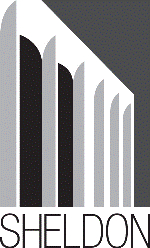Fine and Performing Arts, Hixson-Lied College of

Sheldon Museum of Art: Catalogs and Publications
Date of this Version
2010
Citation
SHELDON MUSEUM OF ART, AUGUST 6 THROUGH OCTOBER 17,2010
Abstract
As the term implies, "outsider" artists tend to work in isolation with little interest in other artists' styles or methods. Such independence from the social and cultural norms that have shaped art history provides scholars with few clues from which to proceed.
Norman Geske, Sheldon Director Emeritus and exhibition curator, defines outsider art as follows:
Essentially, outsider art is the art that derives from the creative instinct, which is inherent in human beings who are entirely independent of any of the conventions of traditional art history. In these, works, subject matter, method, and technique are subsumed in the intrinsic impulse to create. They are genuinely original, the first and only ones of their kind.
This originality did not go unnoticed in Europe and especially in France. In the early 20th century, the avant-garde revered unschooled artwork as fresh and independent. Henri Rousseau was self-taught, for example, yet his work is generally understood as integral to the overall development of modern art. According to Geske, if we accept Rousseau as an important artist, we are acknowledging him as an exponent of a kind of creativity that is entirely inspired by his independence from the conventions of his t ime. For his part, Dubuffet was primarily interested in individuals who struggled with mental illness, and due to their condition, remained isolated from mainstream society. He coined the term art brut (raw art) to describe these artists. According to Dubuffet, brut artists tended to look inward in visionary and obsessive ways creating art that looked "exclusively to the impulses of the artist. "


Comments
All images are copyright by the original artists. Publication copyright 2010 The Regents of the University of Nebraska